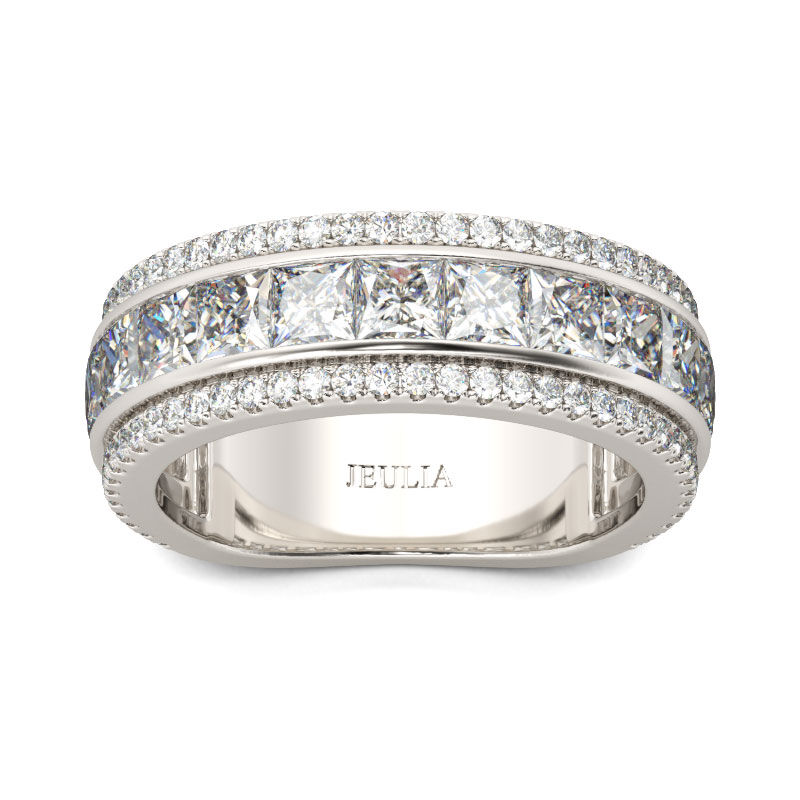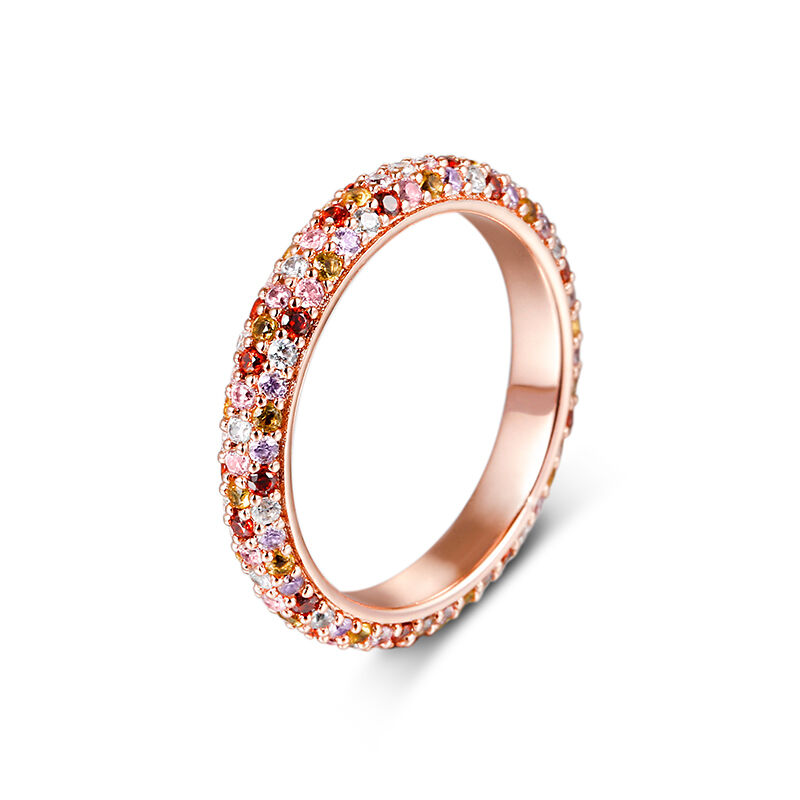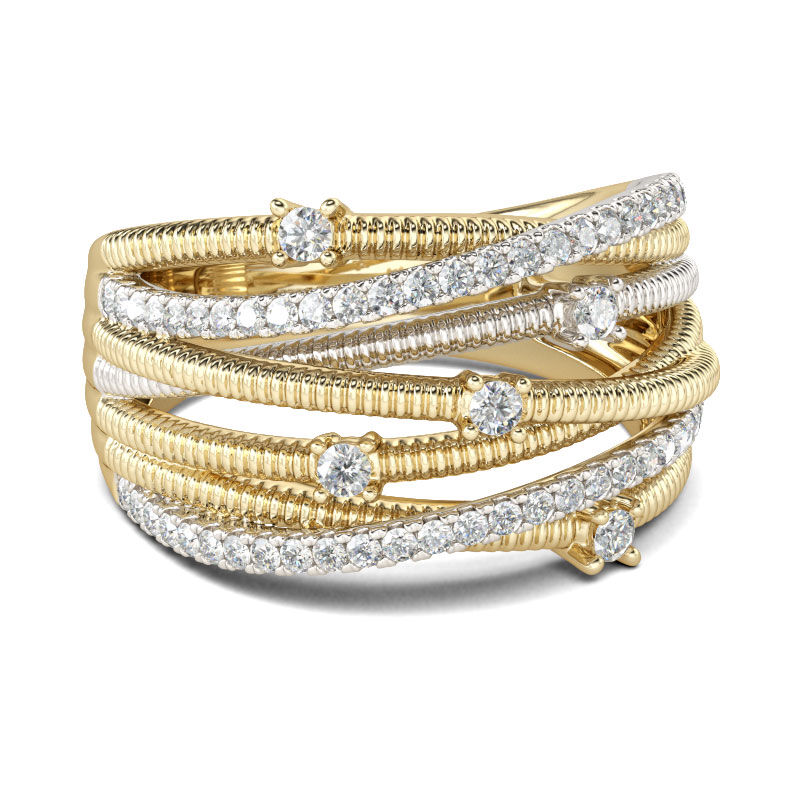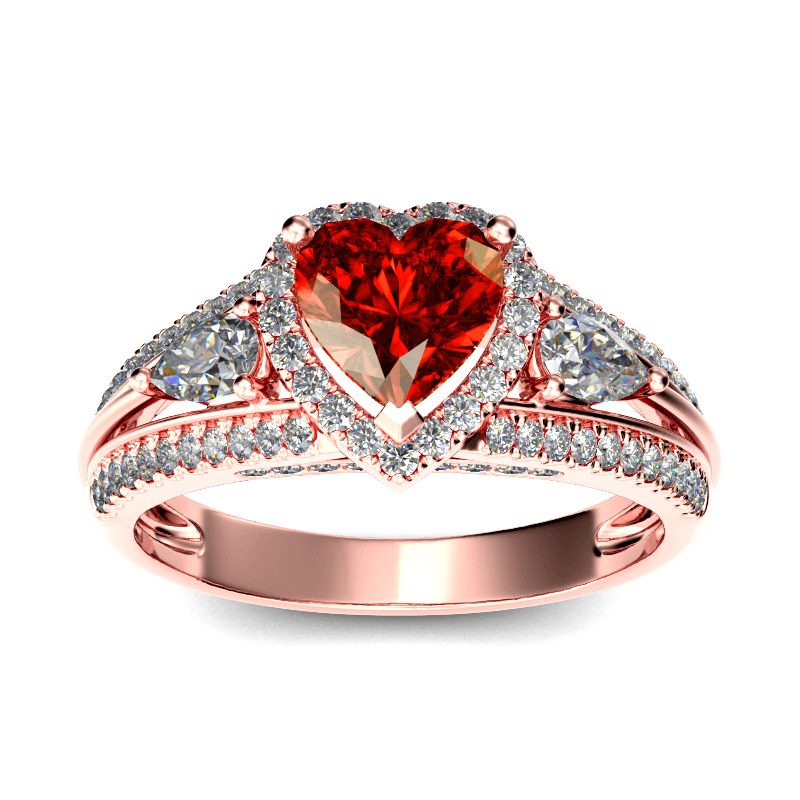The fourth finger, often referred to simply as “the ring finger,” holds a unique and profound place in human culture. The symbolism of wearing a ring on the fourth finger far transcends its physical size, carrying layers of meaning that span across history, geography, and personal experience.
The Ancient Whisper of the Vena Amoris

The most enduring and pervasive association of the fourth finger dates back to ancient times, primarily the Roman and Egyptian civilizations. They believed in the existence of the “Vena Amoris,” or “Vein of Love,” a special vein that was thought to run directly from the fourth finger of the left hand to the heart. This romantic notion made the fourth finger the natural and logical place to wear a ring symbolizing love, commitment, and eternal devotion. Although modern anatomy has disproven the existence of such an exclusive vein, the deeply rooted tradition and the beautiful sentiment behind it have persisted for millennia.
Left or Right? A Cultural Kaleidoscope

While the default image of a ring on the fourth finger often conjures an engagement or wedding band on the left hand, this is by no means universal. Cultural traditions vary significantly:
- Left Hand: In many Western countries, including the United States, Canada, the United Kingdom, France, and Italy, the left hand is the traditional choice for engagement and wedding rings. This is often linked to the historical Vena Amoris belief and the idea of keeping the symbol of love closer to the heart.
- Right Hand: Conversely, many other cultures place the wedding band on the fourth finger of the right hand. This is common in countries such as Germany, Russia, India, Poland, Austria, and some parts of Eastern Europe. The symbolism here can vary, sometimes representing the practical “stronger” hand, or simply being a long-standing cultural custom. In some Orthodox Christian traditions, the right hand is considered the “honorable” hand used for blessings and oaths.
- Varying Practices: Some cultures even swap hands between engagement and marriage, or have specific fingers for particular types of rings (e.g., an engagement ring on the left, wedding ring on the right).
Beyond Matrimony: A Spectrum of Significance

While its connection to marriage is paramount, the fourth finger is not exclusively reserved for romantic unions. Rings worn on this digit can convey a multitude of other meanings:
- Promise or Purity Rings: Often worn by younger individuals, these rings symbolize a commitment to abstinence or a pledge to a future spouse.
- Fashion and Statement: Many individuals choose to wear decorative or fashion rings on their fourth finger simply because they like the aesthetic, or because it’s a comfortable and prominent spot for a cherished piece of jewelry.
- Heirlooms and Memorials: A ring passed down through generations, or one worn in memory of a lost loved one, often finds a home on the fourth finger, acting as a tangible link to heritage and remembrance.
- Commitment to Self: Less common, but growing, is the trend of wearing a ring as a symbol of self-love, independence, or personal vows, though this is more often seen on other fingers or is less specific to the fourth.
The Personal Narrative

Ultimately, while historical beliefs and cultural norms provide a framework, the most profound meaning of a ring on the fourth finger is often intensely personal. It can be a daily reminder of a loving partner, a sacred vow, a family legacy, a promise kept, or a cherished memory.
In a world increasingly connected yet often impersonal, the simple act of wearing a ring on the fourth finger remains a powerful, silent communicator. It is a testament to love, commitment, memory, and identity – a small circle of metal holding a vast universe of meaning, worn close to the heart, for all the world to see, or for personal solace alone.
More Jeulia Post:
Why Special Cluster Engagement Rings Are Sparking Joy
A Guide to Measuring Your Ring Size at Home
